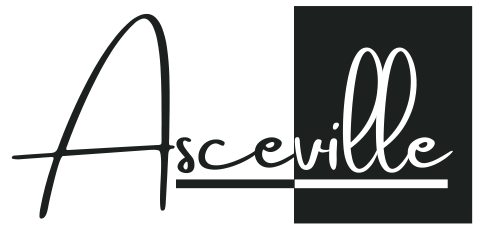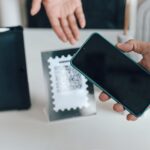The world is becoming technology-driven, several industries are utilizing innovation to progress, move forward, and the education sector is not far behind. Since the education sector shapes the future, it is vital to provide the students with the best. QR technology is revolutionizing the way students learn. With a simple scan, students can open the door to learning. Doesn’t this sound amazing?
You see QR codes in everyday life; for example, on the back of the cereal box, when you pay at a retail shop, etc. These little boxes can store so much information, and it is a great way to engage the audience. With Adobe Express, you get access to several design templates; you can create different categories such as landing pages, videos, feedback, etc. So, today, we will delve into the world of QR and how they can enhance the classroom experience.
Understanding QR Codes
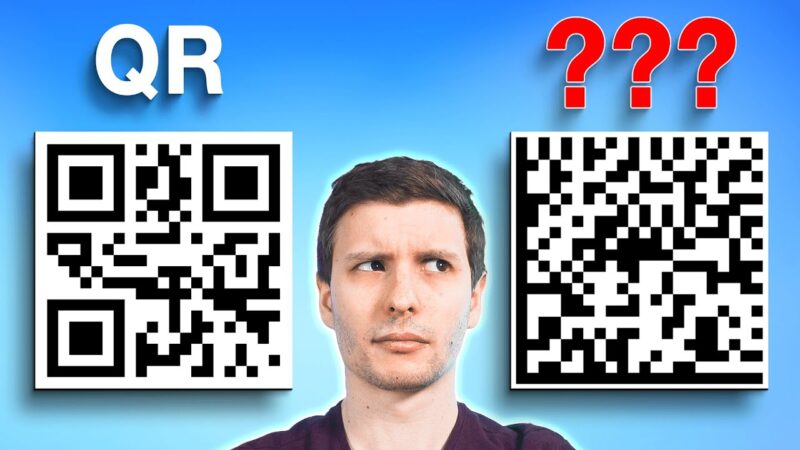
OR codes are defined as two-dimensional bar codes. These barcodes consist of any alphanumeric text, and they also consist of URLs that let the users access a particular site, where they can learn about a place or object. You must have seen QR codes in several industries; in fact, you might have used them too. For example, have you visited a museum? Well, QR codes provide visitors with information about the artwork, the artifact, etc, that are on display. This is a great way for interactive learning.
Another example is airlines; most people dread the boarding process. QR codes make the boarding process more efficient. Then, some restaurants facilitate QR codes so that their patrons can easily access the menu.
Similarly, bar codes can also be implemented efficiently in the education sector and enhance the way students get their education. But how can the sector harness the power? Let’s find out different ways in which QR codes can be used by the educational system:
Facilitate Online Classes And Quizzes
During the pandemic, the education sector was highly dependent on video conferencing platforms such as Skype, zoom, etc., to let students attend their classes and school online. Several teachers and students prefer online classes as they offer flexibility, and the students can learn from any location. However, to let students join the sessions, the teacher has to share the link; whenever there is a scheduled class, students will be bombarded with these links. But with the help of QR codes, this practice of endless link sharing can be ended. With QR codes help, the students can immediately join the classes with a simple scan. It streamlines the process of online learning. In fact, this is so convenient that the teachers or the authorities can also customize the QR codes whenever there is a new session.
Connect With Students
Creating a good and nurturing relationship between students and teachers begins with how well the teachers know their students. This is vital if there is a new session, new students, etc. Teachers can easily link videos of introducing themselves to the class. It also becomes easy for the students to get in touch with their teacher. You can stick a QR code that consists of your contact information, office hours, vital website, etc. If a teacher wants to understand what students are thinking and if they like the course or style of teaching, they can also create a survey.
Taking Attendance Has Never Been Easy
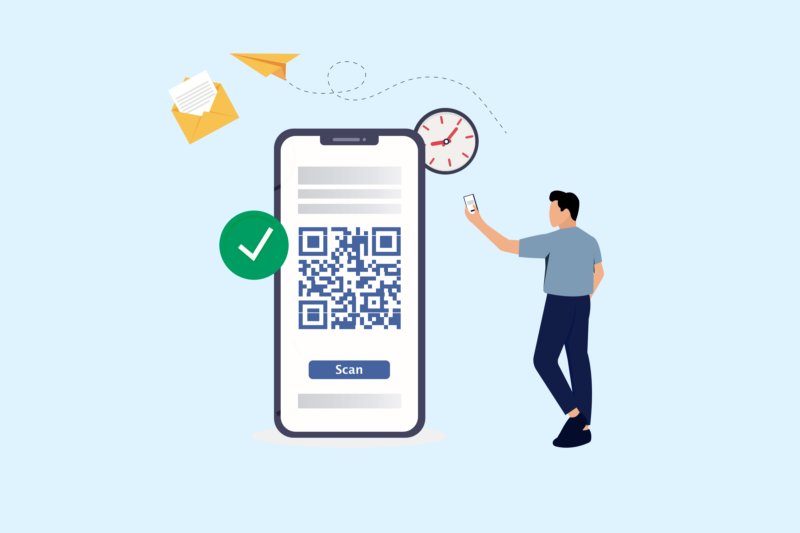
Imagine, there are more than 50 students in a class, and the teacher has to take their attendance, one by one, every day. It sounds tiring, even just reading. And there is no scope for error as if any student is missed; it might impact their attendance. However, the QR form code can offer a great online attendance system. You can easily create a QR code for attendance tracking; the students can easily mark their attendance with just a simple phone scan.
Grading System
QR codes can make grading systems easy to access by digitizing them. With a scan, the students can instantly access the school portal or their class and view their grades. One added benefit is that since you customize the QR code, you can generate separate QR codes for students and also put up a password. In fact, this password-protected feature is also helpful for teachers as they can share vital documents among themselves, which only the one with the password can access.
Enhancing Collaboration
Teachers can create QR codes that link to online collaborative documents such as Onedrive, Google Docs, etc. These collaborative documents enhance shared presentations, writing activities, brainstorming sessions, etc. For example, suppose a student has to work in a small group activity; let’s say they are doing a case study. The QR codes can be linked to the collaborative documents for each student group. This way, they can easily access their groups and documents and work together efficiently.
Helps In Providing Feedback And Additional Support
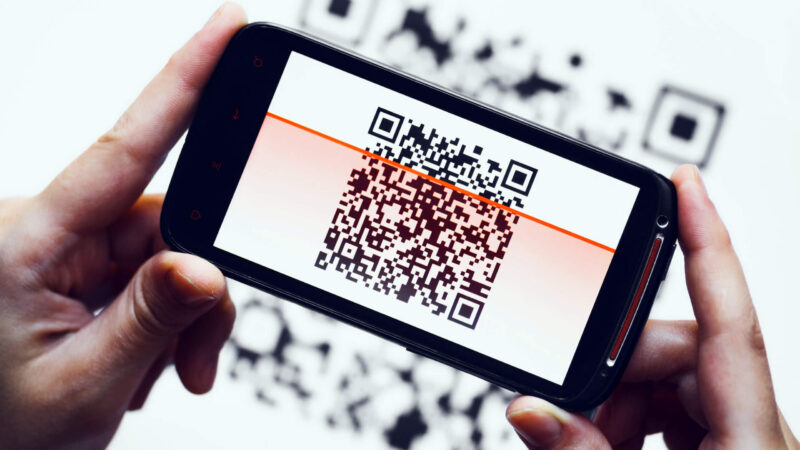
You now know how QR codes help in accessing online materials and classes, but they are also great for providing immediate support. For example, suppose you are creating guidelines for research papers; you can also insert QR codes that link to additional resources, grammar, citations, tutorials, etc. After the project, assignments, etc., are completed, you can also link your videos or recordings of the feedback, which will help the students to improve. And how can you share these recordings and feedback? Yes, you guessed it right, via QR codes!
Parents Can Benefit Too
Providing education is a collaborative effort between parents and teachers. With the help of a QR code, parents can also be closer to the learning process of their child. For example, OR codes can be used during parents-teacher meetings, where parents can see the progress of their kids. They can scan and get quick access to their child’s performances.
Conclusion
The education sector is evolving, and with new technologies and digitization, providing education to students has never been easy. The teachers and education authorities always work for the benefit of students and make things easy for them. Implementing QR codes into the education policy makes it their job easier to impart knowledge to their students. With a scan, the teachers can send links to their students, which the students can access with their phones.
